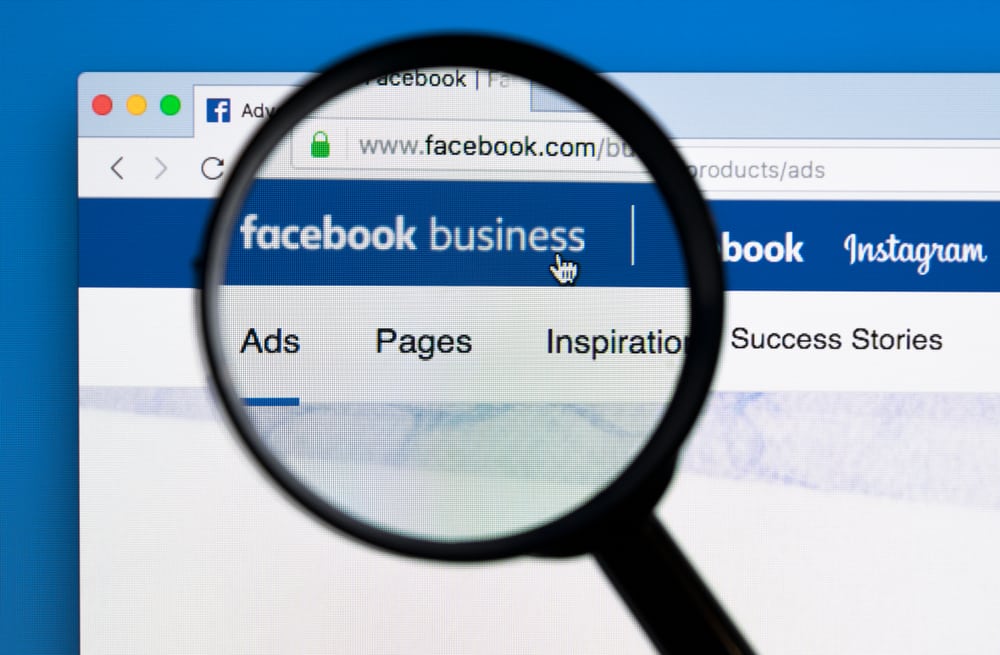Here’s How to Heal the Facebook Trust Gap Between Brands and End Users
July 18, 2018
Despite the Cambridge Analytica scandal and a dip in customer trust, Facebook’s ad revenue continues to rise. This presents social marketers with a unique paradox, says James Nickerson, lead digital marketing instructor at continued education school General Assembly—social marketers have faith in the brand as advertisers, but still remain concerned about privacy and fake information as end users.

James Nickerson, Lead Instructor, Digital Marketing, General Assembly
Nickerson will kick off the Facebook for Communicators Boot Camp at PR News’ Social Media Summit on Aug. 9 with a timely invocation on where the platform is going, including why regulation might not be a bad thing for Facebook and the ramifications of GDPR for users. Tying these future-focused topics together is Nickerson’s belief that marketers are in a unique position to heal this growing disconnect between brands’ trust in the platform and the distrust felt by end users.
“We in the room will be able to talk about Facebook as end users, but also as people who buy advertising on Facebook,” Nickerson says. “We see Facebook from both sides. We understand the privacy concerns, but we also count on it to drive revenue for our businesses, right? The irony is that most of us don’t trust Facebook with our data as end users, but as advertisers, we are still putting money toward it. Are we complicit in putting money toward a brand that we don’t trust?”
By seriously asking themselves this question, proactive brand managers can take measures to minimize mistrust for the platform and make sure none of that mistrust rubs off on their brand. They can push out messaging and outreach with a frequency that doesn’t feel invasive or so targeted to a specific demographic that it seems creepy. They can solicit feedback from followers as to how their outreach is going.
Most importantly, brand managers can consider their own experience as end users, then integrate that into their testing. A healthy question to ask is, “What kind of marketing do you find engaging and what repels you away from clicking through on Facebook?” It’s a modification on the ancient “do unto others” adage, optimized for social.
One important thing to consider, says Nickerson, is that shying away from new tools like paid Facebook Groups does not repair any distrust or benefit your brand. To the contrary, a smart brand manager can keep an eye on Facebook, stay out in front of the new tools it releases, then apply those tools to their funnel strategy in a way that fits in with their brand identity and keeps that trust between consumer and brand strong.
Your brand competitors are already at an advantage if they begin experimenting with a new Facebook tool before you do, as they’ve had more time to build out a successful strategy. Because you can go in and test a strategy with these tools that forecasts your ROI, there is little to lose in seeing if a tool works before rolling it into your marketing plan.
“The great thing about Facebook is that they make it easy—the cost of entry is low for me as a brand advertiser or nonprofit marketing manager for me to go in,” Nickerson says.
“I want to be in on these new tools early, still, because when it comes down to it, Facebook’s all about the user base and install base,” he adds. “It’s still the most widely used platform. So they’re gonna try and keep coming up with these things to make it for brands.”
Follow James: @NickInSFO
Follow Justin: @Joffaloff


